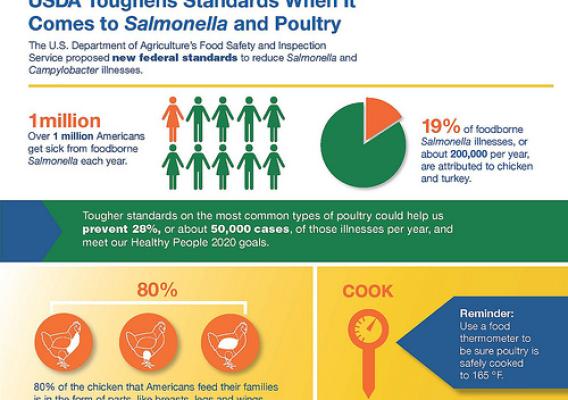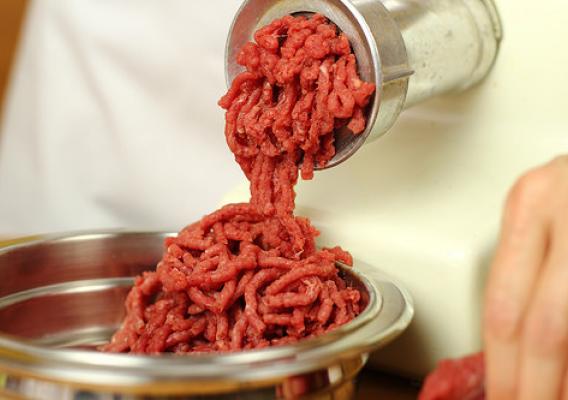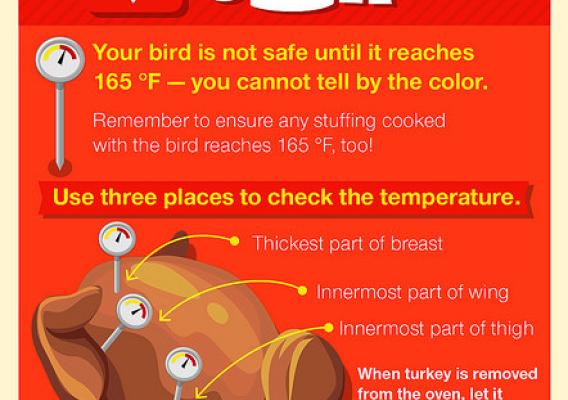Food poisoning is a serious public health threat. CDC estimates that approximately 1 in 6 Americans (or 48 million people) could suffer from food poisoning illness this year, resulting in roughly 128,000 hospitalizations and 3,000 deaths. This September, to celebrate Food Safety Education Month, the U.S. Department of Agriculture (USDA) Food Safety Inspection Service (FSIS) will help get the word out about important safety tips and tools to combat foodborne illness by hosting a free two-part webinar series: “Food Safety 101”. The series will be hosted by FSIS’ Food Safety Education Staff, and will feature speakers from the USDA Meat and Poultry Hotline, FSIS’ Office of Public Health Science, Kansas State University, and the International Food Information Council.
The webinars will emphasize USDA’s four steps to food safety: Clean, Separate, Cook, and Chill and offer a unique opportunity to hear from FSIS’s educators, researchers and partners. “Back to Basics”, the first webinar in this series, will occur on September 10th from noon to 1:30 pm EST and cover basic food safety tasks and the risks that can be avoided with proper food safety practices. “Everyday Application” will occur a week later on September 17th from noon to 1:30 pm EST. Participants of the second webinar will be able to identify common kitchen food safety blunders, and alternatives to keep your family foodborne illness free.







